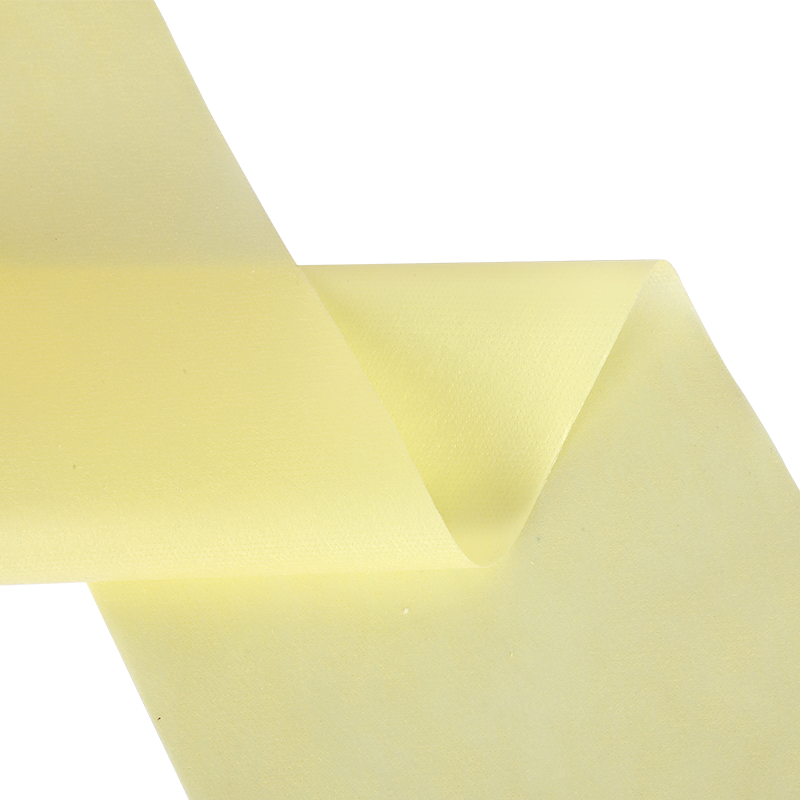Filmed Non-Woven Fabrics
Filmed non-woven fabrics are a type of fabric that is not formed by knitting. They are made by chemical and mechanical treatments. They can be used for a wide variety of applications. These products are especially important in industries where disposable products are necessary. They offer a range of benefits, such as enhanced absorbency, durability, flexibility, and impact resistance. In addition, they can be customized to meet certain requirements, such as flame retardant and liquid repellency.
Depending on the desired properties of the final product, non-wovens can be bonded mechanically or chemically. For example, bico fibers can be added to the web to increase the strength and elasticity of the product. Some non-wovens are also designed for specific uses, such as medical non-woven fabric. The resulting product can be used for surgical gowns or wet wipes.
There are four types of chemical bonding processes for non-wovens. Each type has its own characteristics, and the quality of the bonding depends on the pressure that is applied to the web. Thermal bonding involves the use of a binder that is heated. Chemical bonding can take place through an adhesive or by screen printing.
There are many different types of non-wovens, including those that are shaped. Shaped non-wovens have distinct features on the surface, such as projections, apertures, and shell structures with three-dimensional contours. Nonwovens are categorized into two groups, depending on their shape: patterned and flat. A patterned non-woven, for instance, may be composed of a series of interlocking loops. On the other hand, a flat non-woven may be characterized by a high bulk.
Other non-wovens are categorized by their function. For instance, there are durable non-wovens that can be used for roofing materials, roadbed stabilization sheeting, carpet backing, and household goods. Additionally, there are specialty non-wovens that are designed to provide cushioning, stretch, and thermal insulation. Lastly, there are non-wovens that can be customized to enhance impact resistance, acoustic insulation, and electrical insulation.
Most non-woven fabrics are manufactured with a variety of fibres, such as polyethylene or polypropylene. However, the preferred fibers are filaments rather than those that have been recycled. Moreover, because of the high production rate of non-wovens, it has become increasingly common to see a combination of new, first-quality fibres with recycled fibres.
Some of the most common types of non-woven fabrics are those that are produced by entangling short fibers. These short fibers are connected with an adhesive, which allows for the fabric to have excellent handlability. Another type of nonwoven fabric is made by spinning the fibers into slices. This type of fabric is commonly used for upholstery.
In some cases, a non-woven fabric is bonded together by adding a plastic film to the web. When the film is cooled, it forms the fabric. While there are some problems with the durability of non-wovens, the materials are versatile and have a lot of potential. Because of this, they have seen a significant amount of growth in recent years.
 Filmed non-woven fabricLaminated Non-Woven Fabric Is A Product Formed By Coating A Non-Woven Fabric With Plastic Heated To A Hot Melt State At High Temperature And Cooling. Has A Good Isolation Effect.
Filmed non-woven fabricLaminated Non-Woven Fabric Is A Product Formed By Coating A Non-Woven Fabric With Plastic Heated To A Hot Melt State At High Temperature And Cooling. Has A Good Isolation Effect.
